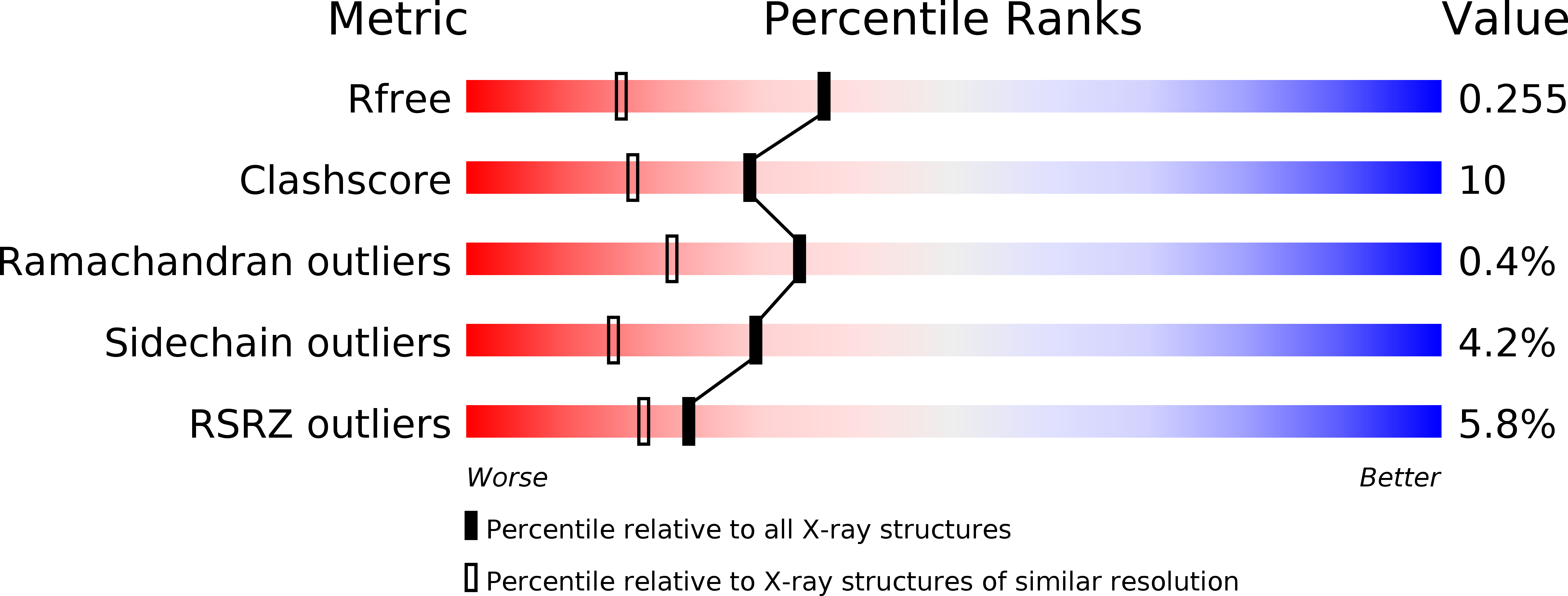
Deposition Date
2003-03-16
Release Date
2003-05-06
Last Version Date
2024-11-13
Method Details:
Experimental Method:
Resolution:
1.80 Å
R-Value Free:
0.25
R-Value Work:
0.21
R-Value Observed:
0.21
Space Group:
P 1


